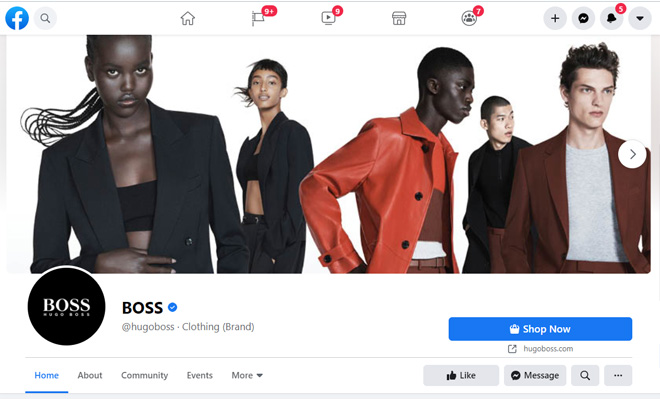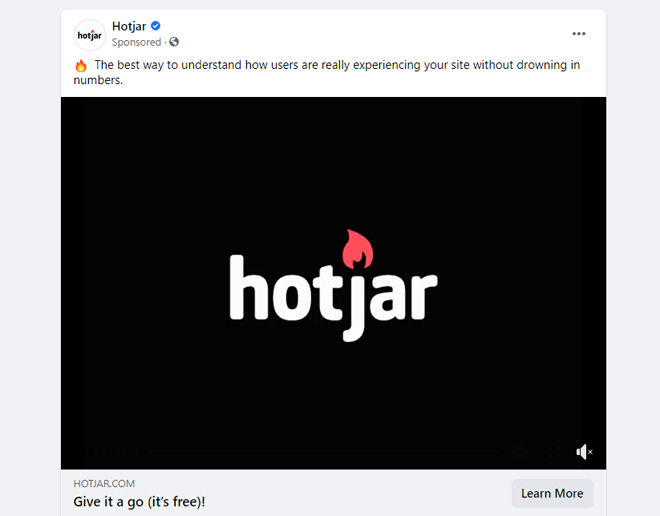There has been previous news in the press which has put Facebook in the negative spotlight of recent years. Most recently, the social network has been caught up in the Cambridge Analytica Scandal which resulted in the company accumulating over $1.2 billion in fines. Other stories have related to privacy data being sold of the many users of Facebook as well as government parties using data to influence Presidential campaigns.
Whilst Facebook has been caught up in plenty of scandal over the years and steered some users away from the social network, from a business perspective it still continues to be one of the most powerful platforms to engage customers and increase traffic to their sites. The benefits of creating a Facebook page is still worth it for your business, particularly if you’re looking to run multiple campaigns over a period of time.
You also need to make sure that it’s created correctly to be utilised in the best possible way.
Here are 5 Actionable Steps to creating an engaging Facebook Business Page
1. The Images
Facebook UI’s and technicalities can work wonders for your campaign and do all the hard work for you. However, you need to make sure that even the simple aspects are done correctly. Using a profile picture and cover picture that look good can provide a great boost to your brand’s credibility and image. Guidelines revolved around images that would relate to relevance and quality. For example, if you’re in the corporate sector with services related to law you’d want the images and logos that you choose to remain professional rather than gauge with ‘flashy’ and ‘vibrant’ images. You can find out more information about Facebook guidelines to images and logos.
There are also several apps that you can apply to your page to compliment your business needs such as email targeting and newsletters. Customising these to suit the colour of your palette can definitely help to make your page more engaging and expand your brand presence.
2. Reaching Your Audience
A nice looking marketing campaign won’t have the substance unless the correct audience is targeted. This is why you should outline your targeting goals before you decide to create the content for your pages. This will make it easier for you to target your audience, particularly if you’re trialling methods that use as little spending as possible.
Facebook’s algorithm is a great source for reaching specific audiences but it will require a lot of trial and error before it targets the audience that you need it to. Therefore, creating a Facebook page with plenty of content which is well-targeted will provide an ideal page if you eventually choose to go down the paid advertisement route.
3. Building Anticipation
In content marketing, social media platforms such as Facebook are made for users on the go who are looking to consume large pieces of information, quickly. A big mistake you can make as a business is trying to squeeze too much information to feed to the user. For example, say your business is developing a new product and it’s due for release in the coming weeks or months. Supplying this to the user in one-go can be risky as it’s information that can be easily forgotten in a matter of hours. Instead, build anticipation of the product through different methods; release snippets of images, release videos/trailers about the product.
This way, you can keep your audience waiting in anticipation but also get a better understanding of which audiences are engaging with your Facebook page the most. Although you feel this may come across slightly ‘naive’ for your business, it’s considered a common technique for many big brands we’re familiar with.
4. Utilise Paid Advertising If Needed
A problem that many businesses tend to face when using paid advertising, if using it at stages where it’s not necessary. In the early stages of their business, they may consider paid advertising when there isn’t a big enough audience to actually target or your pre-made audience isn’t the correct one to target.
As a result, many of the audiences that you’re targeting won’t have an interest in the ad and money is wasted. A healthy paid-advertisement is one that acts on already well performing ads and boosts them further. This is because you’ll know it’s targeting the right audience and is more likely to convert.
It’s a risky tactic to use paid advertisements purely for brand awareness. Ensure that your campaign has some form of ROI plan in place.
5. Get Creative
The final and probably the most obvious step is trying to be creative and unique with your business page. However, if you’re following the standard procedures that you find online or in books, it may be better to consider other forms of advertising for your business.
In such a noisy marketplace where businesses are practically everywhere, you need to be able to ‘think outside the box’ with your posts and ideas. Think of some of the popular social media posts that we’ve been used to in recent times, memes and TikTok videos being just a couple of examples of engaging media.
There are a variety of options available to you. You just need to make sure that the content that you use is relevant to your audience and your business. Being creative is one of the main ways to create an engaging and attractive Facebook business page.
Final conclusions
Although we’ve seen the growth of many social media platforms over the years, Facebook continues to be the dominant ball player. For e-commerce businesses in particular, to be able to master the business aspect of Facebook can reap many benefits for an up and coming entrepreneur.
Get a better understanding of what your business page currently looks like and where it’s lacking, and then utilise these suggestions to allow it to take off and attract the business that you want.
[Images – Main Photo by Direct Media from StockSnap, CC0; other images from their respective websites and/or social platforms]
Jamie Costello is a marketing and design freelance writer based in the UK.
He uses his previous education and experience of working alongside several design agencies to help collate his articles. When he’s not writing, he likes to read and play sports.


